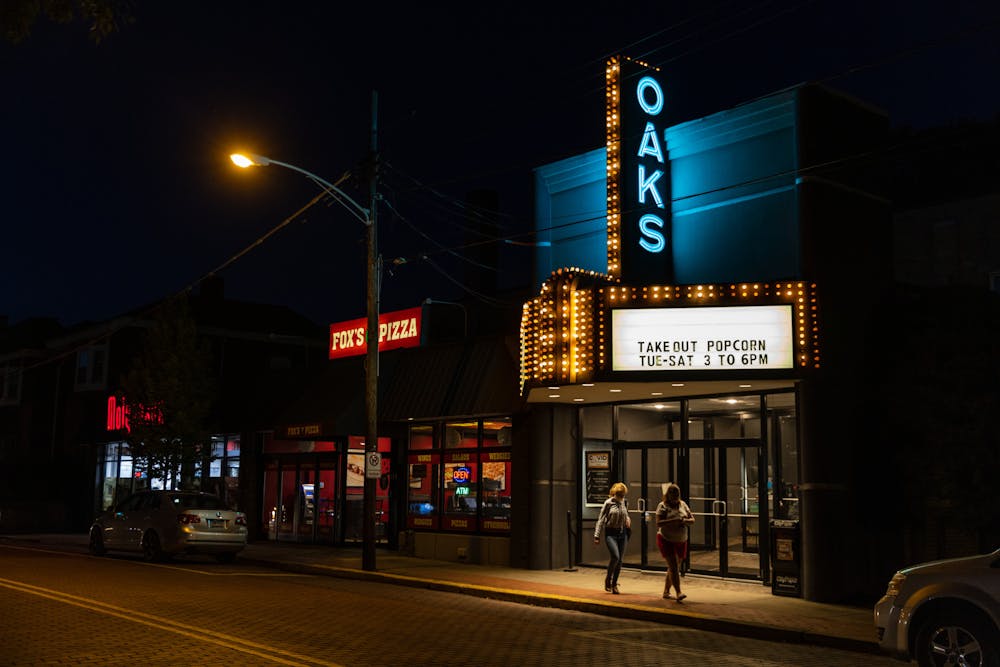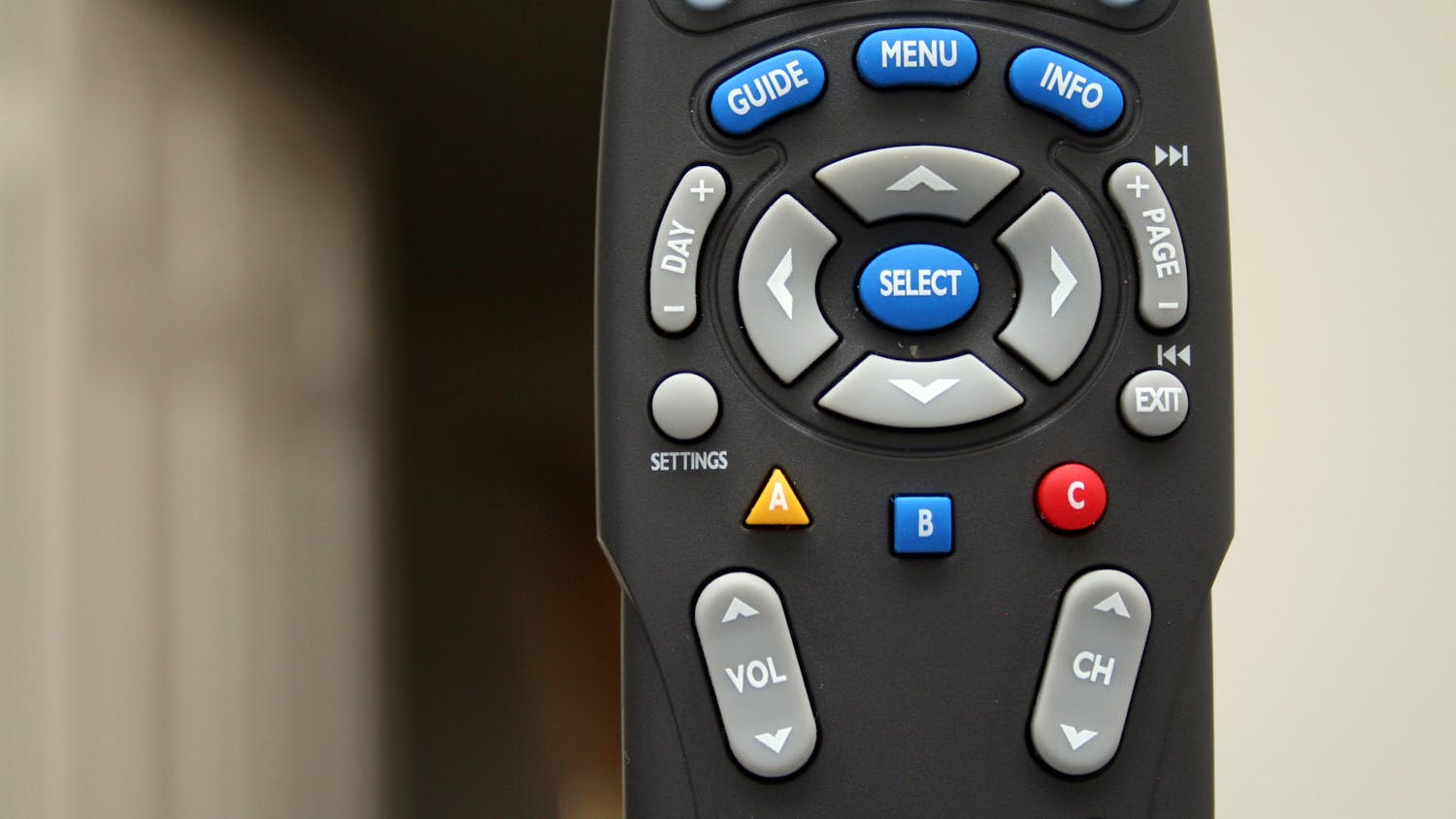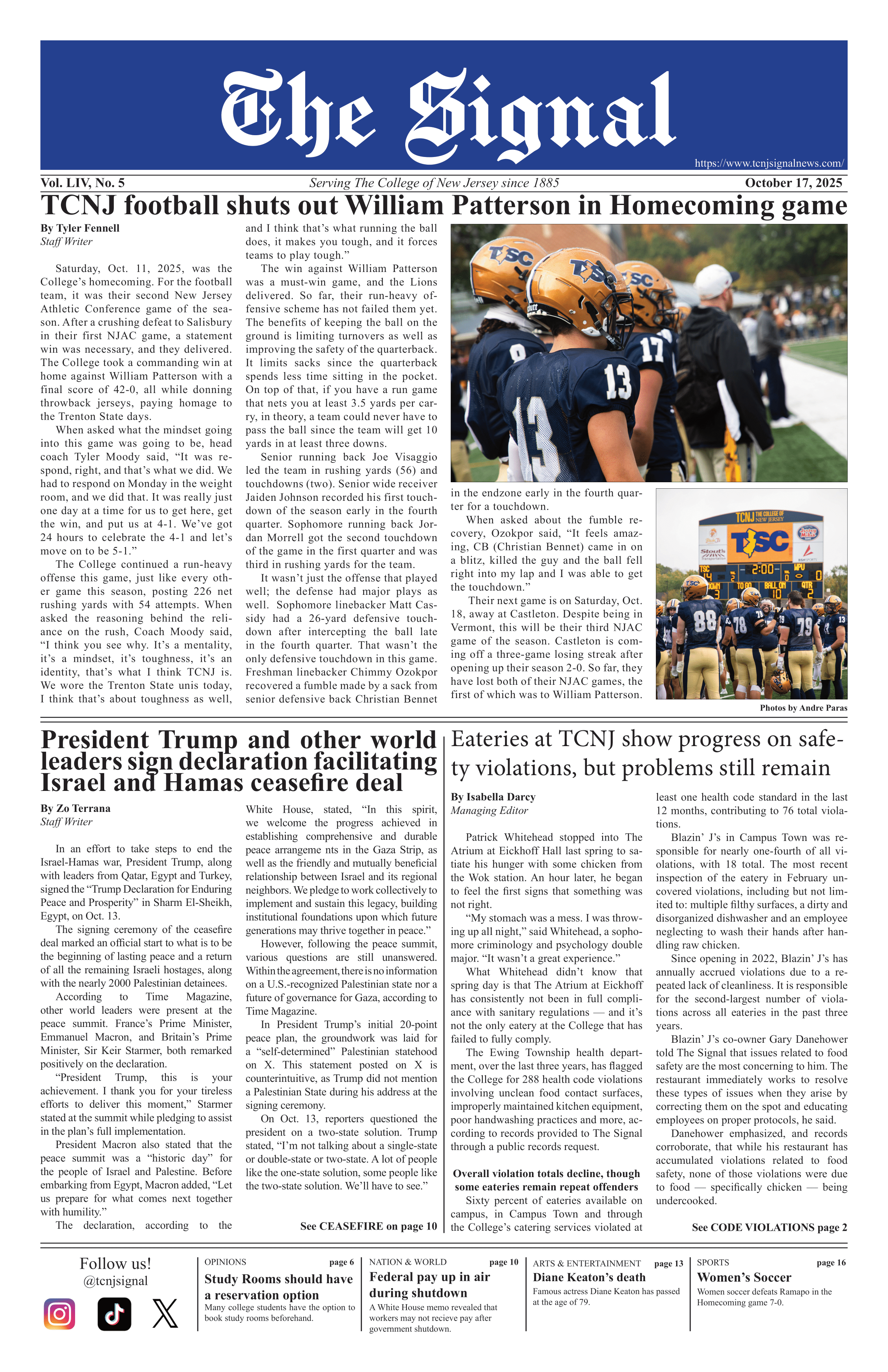By Tasnim Oyshi
Staff Writer
If you’re a horror fanatic, October might be your favorite month. After all, it is the perfect time for settling down with a blanket and snacks, turning the lights off and putting on horror movies to enjoy at nighttime. At some point in your viewing, however, you might come to the conclusion that most of the horror films that have come out in the past two decades or so follow a specific formula.
This would be the use of jumpscares. In recent years, there has been growing criticism of the trope, which argues that jumpscares are a cheap way to stimulate fear within an audience. While it is true that they are an easy way to scare viewers, the problem with jumpscares is not so much that they are lazy but rather that there are too many of them in a single film.
Movies such as those in “The Conjuring” series, “Annabelle” and “Hereditary” have all faced their fair share of critiques for being overly reliant on jumpscares. And overabundance eventually leads to boredom. Audiences grow tired of being subjected to the same recipe over and over again.
This is, of course, not a new occurrence. Once something becomes popular, it gets replicated until the trope is exhausted. This exact situation occurred in the late 1970s and 80s with slasher movies being the big thing in the horror film industry. Often considered to have been popularized by “Halloween” in 1978, the genre bred classics such as “Friday the 13th,” “A Nightmare on Elm Street” and “Child’s Play.” In the 90s and going forward, we saw less and less of them until they were no longer a staple in horror.
There are definitely ways to do jumpscares right. The typical low, suspenseful music that builds as the camera zooms in or pans across the set in search of a demon or a doll with there being nothing when the camera pauses and the music stops, only for the antagonist to show up a second later is a cliche. A good way to go about jumpscares is to be frugal about their usage and offer the audience something they wouldn’t typically expect.
However, jumpscares are not the only factor making horror movies feel bland. The main issue is a lack of creativity (which is also the reason jumpscares are so overused). It seems that most of the horror films out there nowadays don’t have an original plot. Many deal with the standard supernatural storyline where some evil entity has possessed someone or something and is haunting the main characters, who have to figure out a way to get rid of it.
At a certain point, the companies and executives that keep funding the same story are beating a dead horse. This is why it’s important for directors to branch out and explore what more they can do. Movies like “The Shining,” “The Blair Witch Project” and “Get Out” are all popular examples of what can happen when horror isn’t constrained by a singular narrative. The ones making the films get to traverse their artistic abilities and horror film audiences get to witness fresh and innovative stories.
Luckily, there does seem to be a change in the mainstream horror films as of late even though it is small. With releases like “Midsommar,” the “A Quiet Place” series and “The Substance” within the last few years, it feels like we are moving away from the jumpscare trope. Although there are still films coming out such as “The Conjuring: The Last Rites” this year, there is still an audience for that. The good news is that the genre seems to be diversifying and as audiences, we need to encourage the creativity that allows filmmakers to make new and unique horror movies.







